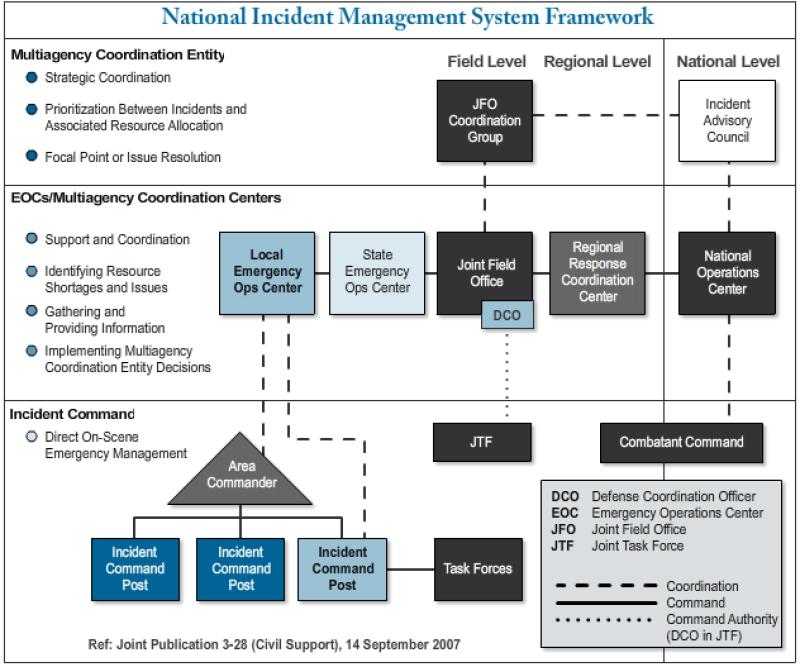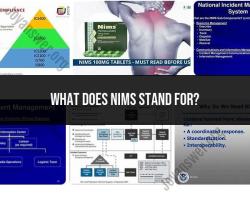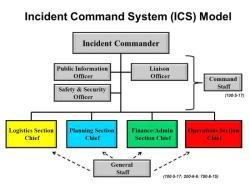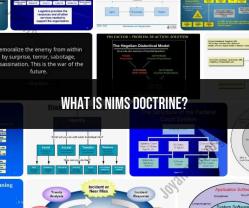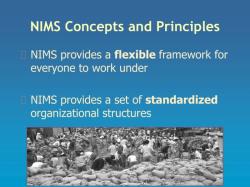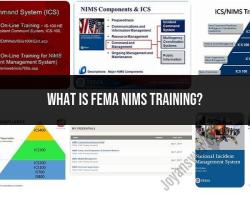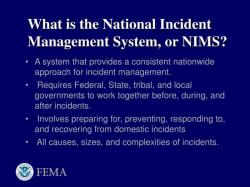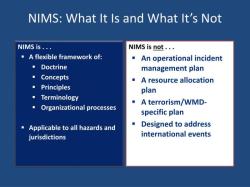What is ICS FEMA?
ICS FEMA refers to the integration of the Incident Command System (ICS) within the framework of the Federal Emergency Management Agency (FEMA). The Incident Command System is a standardized management system used for command, control, and coordination of emergency response efforts. FEMA, as a part of the U.S. Department of Homeland Security (DHS), adopts and promotes the use of ICS for effective incident management at various levels of government and across different agencies.
Key Components of ICS FEMA:
ICS Basics:
- ICS is designed to be scalable and adaptable to incidents of various sizes and complexities. It provides a common structure for organizing personnel, equipment, procedures, and communications during emergency response.
Unified Command:
- ICS emphasizes the concept of Unified Command, where multiple agencies and jurisdictions work together with a common set of objectives and a shared decision-making process. This ensures a coordinated and collaborative response.
Multiagency Coordination:
- ICS FEMA incorporates multiagency coordination systems to facilitate collaboration between different agencies involved in emergency response. This coordination ensures that resources are effectively utilized and communication is streamlined.
Emergency Operations Centers (EOCs):
- ICS includes the establishment and operation of Emergency Operations Centers, which serve as centralized facilities for coordinating and supporting incident management activities.
Public Information and Communication:
- ICS FEMA integrates communication strategies, including the Joint Information System (JIS), to ensure consistent and coordinated public information during emergencies. Effective communication is crucial for public safety and awareness.
Resource Management:
- ICS provides a systematic approach to resource management, including the identification, ordering, tracking, and demobilization of resources. This ensures that the right resources are deployed to the right place at the right time.
Command Staff and General Staff:
- ICS includes key positions such as the Incident Commander, Operations Section Chief, Planning Section Chief, Logistics Section Chief, and Finance/Administration Section Chief. Each position has specific responsibilities to ensure a well-organized response.
Training and Exercises:
- FEMA, in collaboration with other organizations, offers training and exercises to ensure that personnel at all levels are familiar with and proficient in the use of ICS. Training helps build a cadre of responders who can effectively operate within the ICS framework.
Implementation in Emergency Response:
National Response Framework (NRF):
- The National Response Framework, developed by FEMA, integrates ICS and provides a guide for how the nation responds to all types of disasters and emergencies. It outlines the roles and responsibilities of different levels of government, private sector entities, and non-governmental organizations.
NIMS Compliance:
- ICS is a key component of the National Incident Management System (NIMS), which is a comprehensive framework for incident management. NIMS is designed to be compatible with ICS, ensuring a standardized approach to incident response and management across all levels of government and emergency response agencies.
By incorporating ICS into its structure, FEMA aims to enhance the nation's ability to respond to and recover from emergencies and disasters in a coordinated and effective manner. The principles of ICS help ensure a unified and integrated approach to emergency management at local, state, tribal, territorial, and federal levels.
What is the relationship between ICS and FEMA?
The Incident Command System (ICS) and the Federal Emergency Management Agency (FEMA) have a close and interdependent relationship in emergency management across the United States. Here's a breakdown of their connection:
ICS:
- Standardized framework for managing all types of incidents: Provides a common structure and terminology for coordinating response efforts among diverse agencies and organizations.
- Flexible and scalable: Adapts to varying incident sizes and complexities.
- Emphasizes unified command and clear communication: Facilitates efficient decision-making and resource allocation.
- Implemented by various first responders and emergency personnel: Widely used by fire departments, law enforcement, emergency medical services, and other agencies.
FEMA:
- Lead agency for federal disaster response: Coordinates federal resources and assistance to states during major emergencies.
- Promotes national preparedness and resilience: Provides resources and training programs to help communities prepare for and mitigate potential hazards.
- Encourages adoption of ICS: Mandates the use of ICS for all federally funded disaster response activities.
- Provides training and support for ICS implementation: Offers training programs and resources to equip emergency personnel with necessary skills to effectively utilize ICS.
Relationship between ICS and FEMA:
- FEMA relies on ICS as the core framework for managing federal disaster response.
- FEMA provides funding, training, and support to states and local communities to implement and utilize ICS effectively.
- ICS ensures coordinated and efficient response efforts, benefiting FEMA in fulfilling its disaster response mission.
- FEMA's promotion of ICS contributes to the widespread adoption and standardization of the system across the nation.
Benefits of this relationship:
- Improved coordination and collaboration: All levels of government and participating organizations work together seamlessly using the same system.
- Enhanced efficiency and effectiveness: Standardized structure and procedures ensure efficient resource allocation and decision-making.
- Reduced confusion and duplication of effort: Common terminology and communication protocols prevent misunderstandings and optimize response activities.
- Increased preparedness and resilience: Nationwide adoption of ICS strengthens communities' ability to respond to and recover from emergencies.
In summary, ICS and FEMA play complementary roles in ensuring effective emergency management. FEMA relies on ICS as the operational backbone of its response efforts, while promoting its adoption and providing resources for its implementation. This collaboration fosters a coordinated and efficient national approach to disaster preparedness and response.
